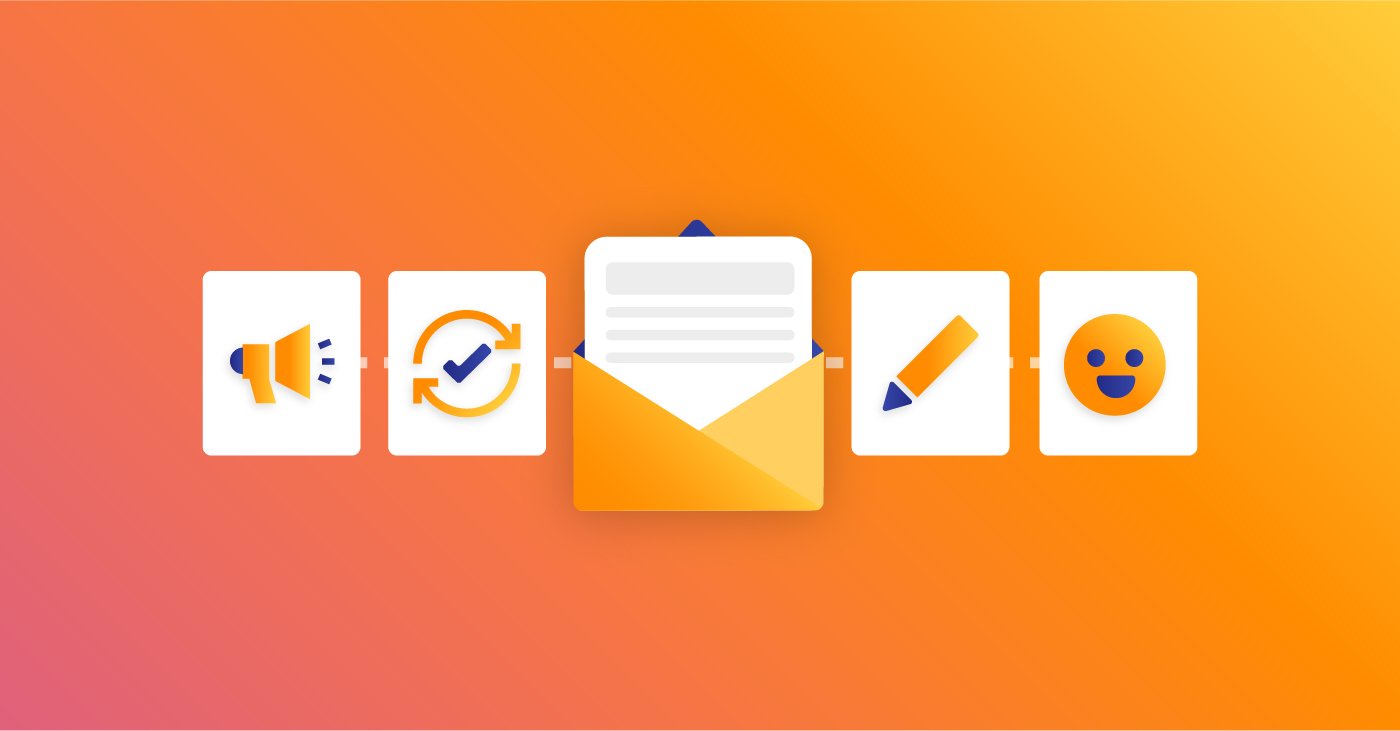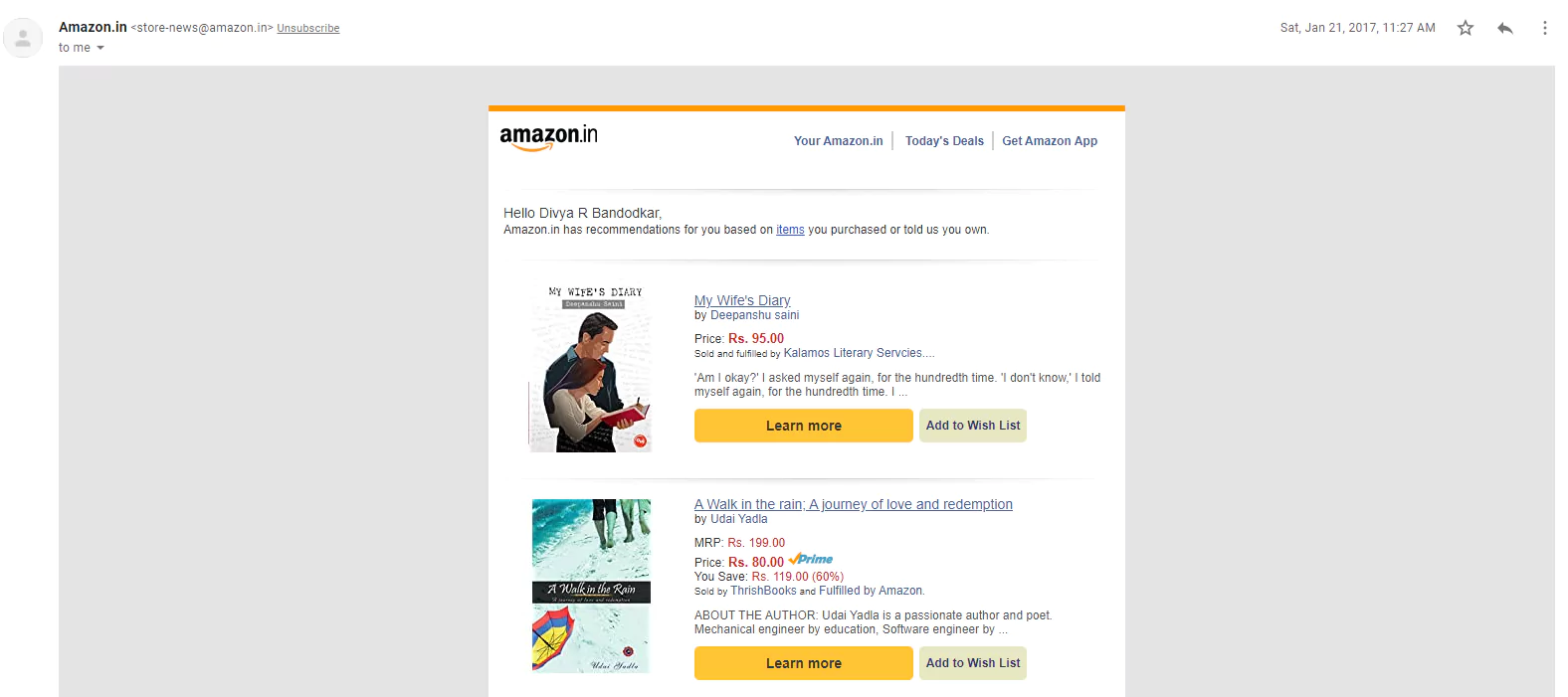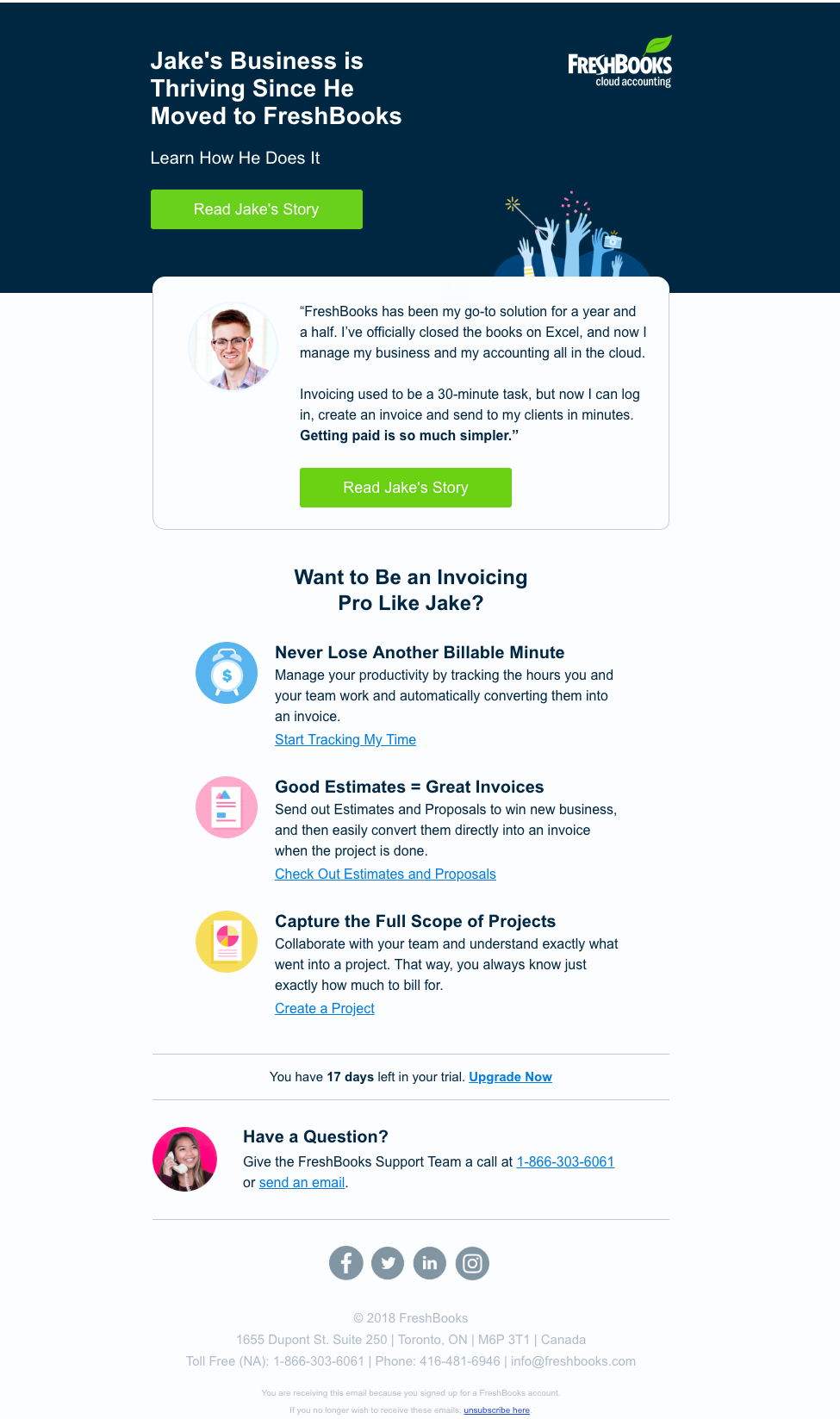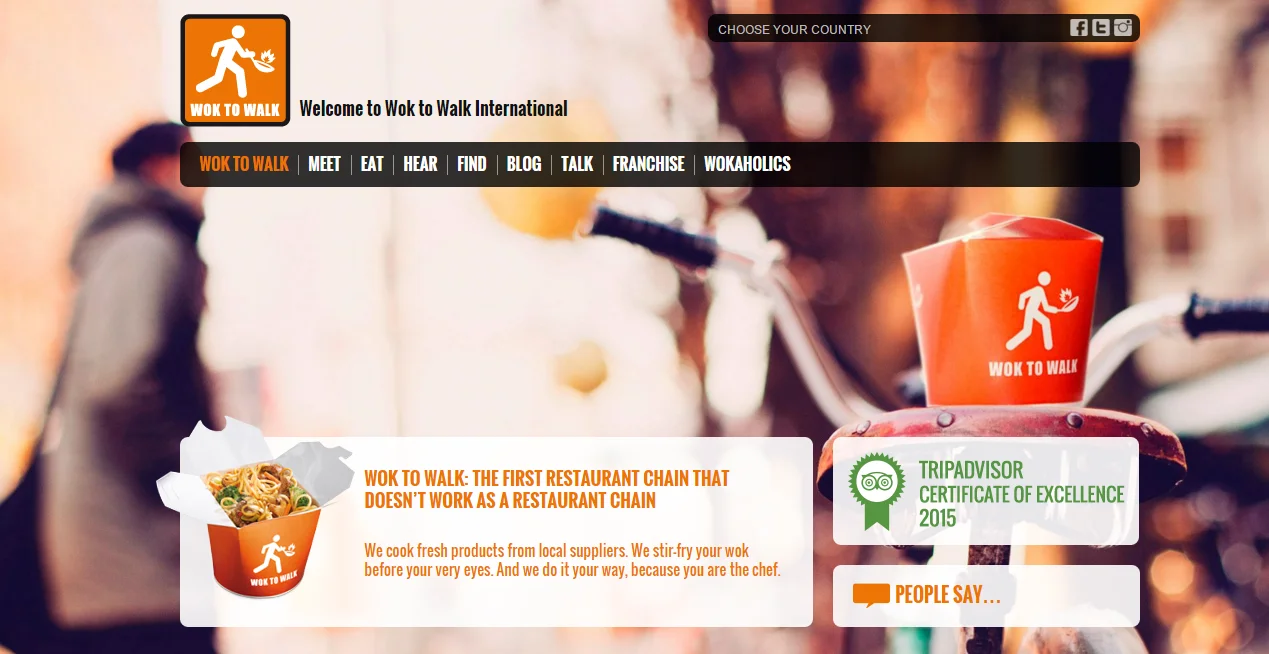Drive a Customer-Centric Digital Transformation via Email Marketing
June 2, 2022 6 min read

The increasing importance of an end-to-end customer-centric experience is responsible for
digital transformation in companies all around the world. The adoption of various digital technologies has made it significantly easy for businesses to transform their operations according to the new market requirements.
According to a survey by Statista, digitally transformed enterprises are expected to account for $53.3 trillion by the year 2023. This suggests that the supremacy of digital transformation is fueling businesses to focus on a “digital-first” approach for their businesses.
What Is Digital Transformation?
In simple words, digital transformation or DX is the process of creating new or modifying existing business processes and strategies to meet the changing needs to deliver more value to the customers. Research conducted by Foundry, a software firm, reveals that 91% of organizations have adopted or are planning on adopting a digital-first business strategy.
Nearly 50% of companies surveyed by PwC say customer satisfaction and improving customer experience were the main reasons for investing in digital transformation.
Customer Experience and Email Marketing
Customer experience or CX is how customers feel about their interactions with your brand. It focuses on improving the relationship between your business and your customers. From navigating through your website to using your product or service, from chatting with a customer service representative to interacting with your email, every interaction a customer has impacts their perception of your brand.
Delivering an excellent customer experience proves to be beneficial for a brand in many ways:
- It establishes and promotes brand loyalty
- It helps you engage and retain customers
- It promises enhanced customer satisfaction
Email marketing is one of the oldest yet most effective mediums to deliver an excellent customer experience. There are about 306 billion emails sent and received each day. Utilizing email marketing is thus necessary for planning a successful customer-centric digital strategy.
In this article, we will learn the role email marketing plays in driving customer-centric digital transformation.
How Email Marketing Can Help in a Customer-Centric Digital Transformation
The flexibility that emails offer has prompted most businesses to adopt email marketing as one of their strategies for customer-centric digital transformation. Here’s how email supports customer-centric DX.
1. Capture Relevant Data for Targeted Messaging
Collecting information from customers, such as their preferences, interests, and demographics, can help brands devise a personalized marketing strategy. This data can further be analyzed for observing customer behavior and configuring various automation to deliver an enhanced customer experience.
Furthermore, you can categorize this data into smaller segments and leverage hyper-personalization to deliver more relevant content about your products and services.
It is found that personalized emails drive over 18x higher revenue than non-personalized ones. Taking a step further into crafting your message by adding a personalized image or specific location via a map can boost your customer experience drastically.
Several brands have seen impressive results by leveraging email marketing for targeted messaging.
Amazon has proved itself to be a pioneer in creating unique experiences for customers. Check out this recommendation email in the screenshot below:
Besides adding the customer’s name, Amazon has suggested the best reads to the customer based on purchase history, cart items, and other online purchases the customer has made. You can also do it by using an invoice template for buyers and sending them related products they can consider for their next purchase.
Email marketing allows businesses to create tailored customer experiences that are bound to improve the ROI of the marketing strategies.
2. Deliver a Proactive Customer Service
Email marketing helps businesses reach the right customers at the right time. It helps businesses keep their customers informed about the product updates, offers, and other promotions seamlessly.
The customer behavior data gathered through email marketing can be leveraged by artificial intelligence to design chatbots for personalized messaging.
Conversational AI empowers brands to provide better customer service. According to Drift, 41.3% of consumers are using conversational marketing tools for purchases.
For instance, Living Spaces, a well-known home furnishing brand, uses Intercom to create an outstanding customer experience to support its customers. Living Spaces’ customer support team leverages a messenger-based approach to reach out to the customers via conversational messaging.
The team has also configured a custom chatbot that observes the customer’s behavior and collects valuable information about their queries.
Proactive customer service using AI-powered chatbots can resolve customer queries without any human intervention.
3. Strengthen Your Brand Reputation
Businesses can leverage email marketing to narrate their brand story. Using this advanced approach for storytelling helps in setting your brand apart from the others. In addition to sending out emails about discounted prices, product quality, and smart product recommendations, engage customers with stories about your manufacturing processes or sustainability plans. You can also indulge them by sharing valuable tips or tricks for engaging with your brand.
For instance, BuzzFeed is one of the most visited sites around the world today. They have developed an excellent email marketing strategy to keep the audience hooked on their brand.
The email newsletter campaign caters to various interests – Health, Beauty, Pets, and Lifestyle. The audience can subscribe to either or all of these based on their preferences.
Similarly, FreshBooks, an accounting software, sends out accounting and invoicing tips, case studies, and other engaging content to their customers.
4. Gain Insights into Marketing Metrics
According to Statista, the global email marketing market is stated to increase to $17.9 billion by 2027. Imagine the potential email marketing has in engaging customers with your brand.
However, email marketing never follows a one-size-fits-all approach. Every campaign you create is different and has its share of optimizations for increasing customer engagement. The performance of these campaigns determines the results.
You can track multiple metrics like open rates, click-throughs, and unsubscribes to understand if customers are engaging with your email messages.
Open rates help you understand how effective your subject lines are, while click-through rate (CTR) measures the number of customers who have clicked on the links in your emails.
Although the number of unsubscribes can be discouraging, they alert you if a strategy isn’t working. This can help you finetune your overall strategy and boost your subscription rate.
Wok to Walk, a health and food company, designed an email campaign inviting their customers to call, make inquiries, and order food. This campaign had an open rate of 18.1%. They designed another mail to target the customers who had not opened the previous email, this time with a revised subject line. They included their phone number in the subject line, and surprisingly, the open rate increased by 7.7%.
Wrapping Up
Customers today are looking to have quick, personalized interactions with brands. Thankfully, technological advancements have made it easy to communicate with customers via hyper-personalized email messaging and chatbots. It also helps deliver proactive customer service, thus allowing businesses to be available when customers need them most.
Email marketing has indeed opened up new mediums for marketing teams to craft excellent customer experiences through digital transformation.
Author Bio
Lucy Manole is a creative content writer and strategist at Marketing Digest. She specializes in writing about digital marketing, technology, entrepreneurship, and education. When she is not writing or editing, she spends time reading books, cooking, and traveling.











